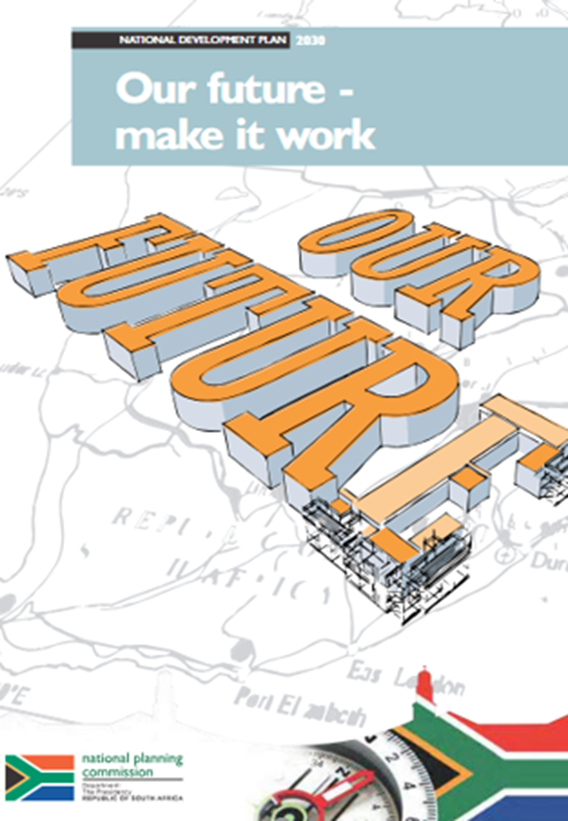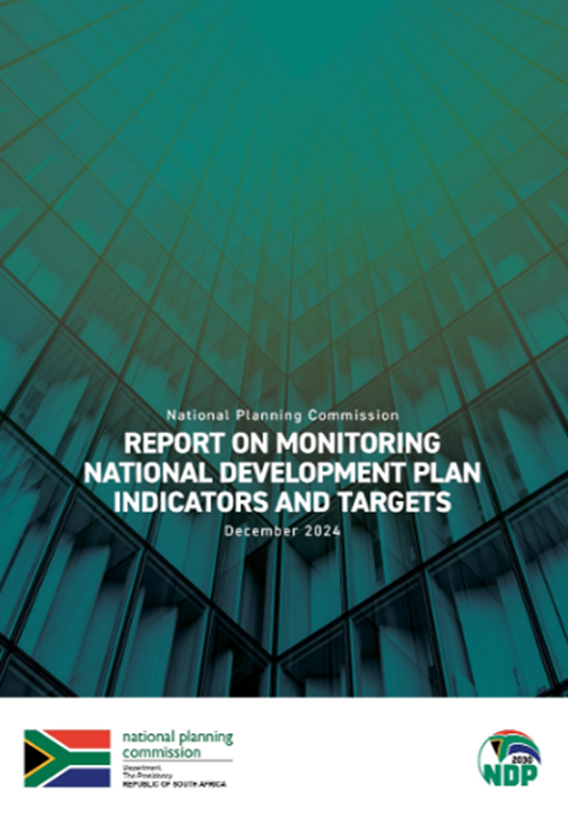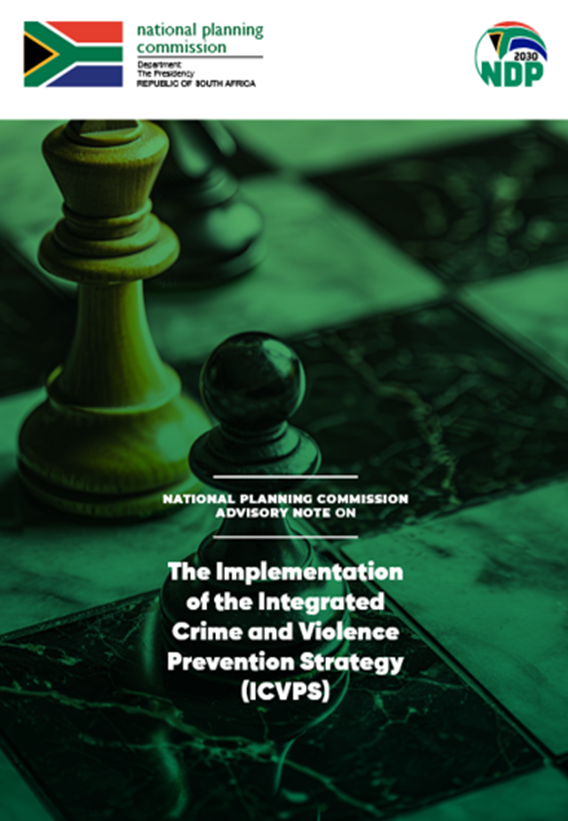
South Africa occupies the southern-most part of the African continent stretching from the Limpopo River in the north to Cape Agulhas in the south. The country shares borders with Namibia, Botswana to the west, and Zimbabwe in the north, with Eswatini and Mozambique in the north east. It also entirely surrounds the Kingdom of Lesotho. To the west, south and east, South Africa borders the Atlantic and southern Indian oceans.
The country’s first democratic elections were held in 1994. Since then, democratic elections are held every five years and the Head of State is the President. The South African economy is the most advanced on the African continent, with a sophisticated financial system that includes one of the top 10 stock exchanges in the world, and well developed physical, telecommunications, and energy infrastructures.







Facts & Figures
Capital City: Pretoria
Area of Country: 1219090 km²
Currency: South African Rand (ZAR) R 1 = 100 cents
Website: Visit Website
Independence Day: 27 Apr 1994
Official Languages: Afrikaans, English, Ndebele, Northern Sotho, Sotho, Swazi, Tswana, Tsonga, Venda, Xhosa, Zulu
Natural Resources: Gold, Coal, Platinum, Iron Ore, Copper, Timber, Sugar, Fish, Sea and Marine Resources, Wildlife

Programmatic Working Areas
- Macroeconomic management and GDP projections
- Public investment coordination
- Coordination of poverty alleviation initiatives and monitoring
- Coordination of the sustainable development agenda
- Coordination of implementation of the national population policy
- Coordination of regional integration activities
- National Development Plan (2023-2028)
- Aid coordination and management

National Development Plan 2030: Our Future - make it work
Source: National Planning Commission
Date: 2025
URL: Link
Thematic Area: National Development Plan

Report on Monitoring National Development Plan Indicators and Targets
Source: National Planning Commission
Date: December 2024
URL: Link
Thematic Area: National Development Plan

Advisory on the Implementation of the Integrated Crime and Violence Prevention Strategy
Source: National Planning Commission
Date: 2024
URL: Link
Thematic Area: Crime and Violence Prevention Strategy
DPME
Office of the Director General
Dr Robert Nkuna
Email: Brenda@dpme.gov.za, Robert@dpme.gov.za
Tel: 0712699639
Evaluation, Evidence & Knowledge Systems
Mr Godfrey Mashamba
Email: Godfrey.Mashamba@dpme.gov.za
Tel: +27 828043758
NPE Address
330 Grosvenor Street Hatfield
Pretoria, 0028
Postal Address:
Private Bag X 944
Pretoria, 0001